Luxor
Is a city in Upper (southern) Egypt and the capital of Luxor Governorate. The population numbers 487,896 (2010 estimate),with an area of approximately 416 square kilometres (161 sq mi). As the site of the Ancient Egyptian city of Thebes, Luxor has frequently been characterized as the “world’s greatest open air museum”, as the ruins of the temple complexes at Karnak and Luxor stand within the modern city.
Immediately opposite, across the River Nile, lie the monuments, temples and tombs of the West Bank Necropolis, which includes the Valley of the Kings and Valley of the Queens. Thousands of tourists from all around the world arrive annually to visit these monuments, contributing greatly to the economy of the modern city. The importance of the city started as early as the 11th Dynasty, when the town grew into a thriving city, renowned for its high social status and luxury, but also as a center for wisdom, art, religious and political supremacy. Montuhotep II who united Egypt after the troubles of the first intermediate period brought stability to the lands as the city grew in stature. The Pharaohs of the New Kingdom in their expeditions to Kush, in today’s northern Sudan, and to the lands of Canaan, Phoenicia and Syria saw the city accumulate great wealth and rose to prominence, even on a world scale.Thebes played a major role in expelling the invading forces of the Hyksos from Upper Egypt, and from the time of the 18th Dynasty through to the 20th Dynasty, the city had risen as the major political, religious and military capital of Ancient Egypt.
Luxor is a city on the east bank of the Nile River in southern Egypt. It’s on the site of ancient Thebes, the pharaohs’ capital at the height of their power, during the 16th–11th centuries B.C. Today’s city surrounds 2 huge, surviving ancient monuments: graceful Luxor Temple and Karnak Temple, a mile north. The royal tombs of the Valley of the Kings and the Valley of the Queens are on the river’s west bank. As the site of the Ancient Egyptian city of Thebes, Luxor has frequently been characterized as the “world’s greatest open-air museum”, as the ruins of the temple complexes at Karnak and Luxor stand within the modern city. Immediately opposite, across the River Nile, lie the monuments, temples and tombs of the West Bank Necropolis, which includes the Valley of the Kings and Valley of the Queens. Thousands of tourists from all around the world arrive annually to visit these monuments, contributing greatly to the economy of the modern city.
Luxor was the ancient city of Thebes, the great capital of (Upper) Egypt during the New Kingdom, and the glorious city of Amun, later to become the god Amun-Ra. The city was regarded in the Ancient Egyptian texts as w3s.t (approximate pronunciation: “Waset”), which meant “city of the sceptre” and also as t3 ip3t (conventionally pronounced as “ta ipet” and meaning “the shrine”) and then, in a later period, the Greeks called it Thebai and the Romans after them Thebae. Thebes was also known as “the city of the 100 gates”, sometimes being called “southern Heliopolis” (‘Iunu-shemaa’ in Ancient Egyptian), to distinguish it from the city of Iunu or Heliopolis, the main place of worship for the god Re in the north. It was also often referred to as niw.t, which simply means “city”, and was one of only three cities in Egypt for which this noun was used (the other two were Memphis and Heliopolis); it was also called niw.t rst, “southern city”, as the southernmost of them.
Good to Know
Country
Egypt
Visa Requirements
Egypt Entry Visa is required For entering Egypt including all Cities.
Languages spoken
Arabic, English
Currency used
Egyptian Pound (EGP), Unites States Dollar (USD), Euro (EUR)
Area (km2)
416 km2
Municipalities
A controversial tourism development plan aims to transform Luxor into a vast open-air museum. The master plan envisions new roads, five-star hotels, glitzy shops, and an IMAX theatre. The main attraction is an 11 million dollar project to unearth and restore the 2.7 kilometres (1.7 mi) long Avenue of Sphinxes that once linked Luxor and Karnak temples. The ancient processional road was built by the pharaoh Amenhotep III and took its final form under Nectanebo I in 400 BCE. Over a thousand sphinx statues lined the road now being excavated which was covered by silt, homes, mosques and churches. Excavation started around 2004. The economy of Luxor, like that of many other Egyptian cities, is heavily dependent upon tourism. Large numbers of people also work in agriculture, particularly sugarcane. To make up for shortfalls of income, many cultivate their own food. Goat’s cheese, pigeons, subsidized and home-baked bread and homegrown tomatoes are commonplace among the majority of its residents.
A bridge was opened in 1998, a few kilometres upstream of the main town of Luxor, allowing ready land access from the east bank to the west bank. Traditionally, however, river crossings have been the domain of several ferry services. The city of Luxor on the east bank has several bus routes used mainly by locals. Tourists often rely on horse carriages, called “calèches,” for transport or tours around the city. Taxis are plentiful, and reasonably priced,
For domestic travel along the route of the Nile, a rail service operates several times a day. A morning train and sleeping train can be taken from the railway station situated around 400 metres (440 yd) from Luxor Temple. The line runs between several major destinations, including Cairo to the north and Aswan to the south.
Leave a Reply:
You must be logged in to post a comment.




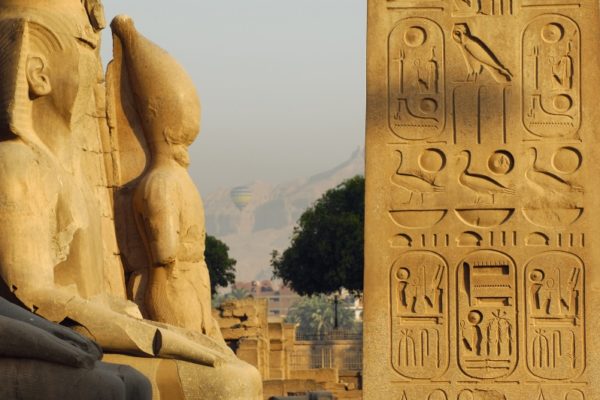
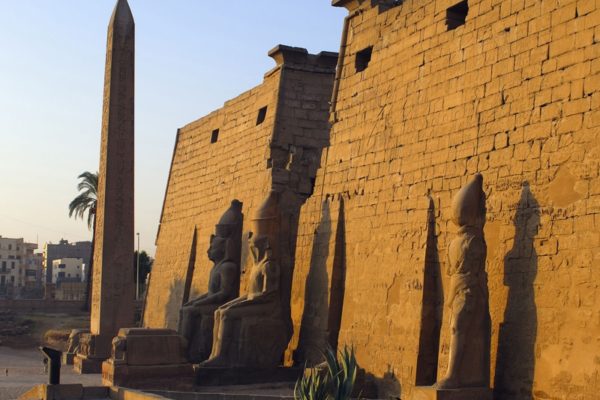

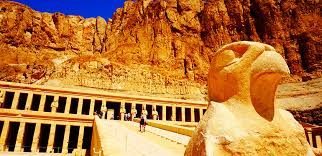
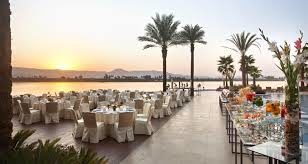

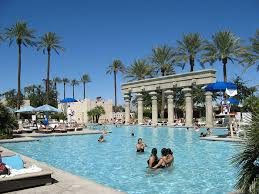










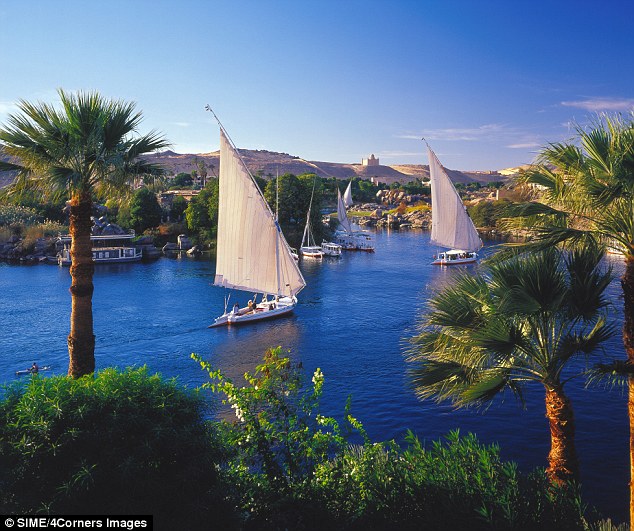

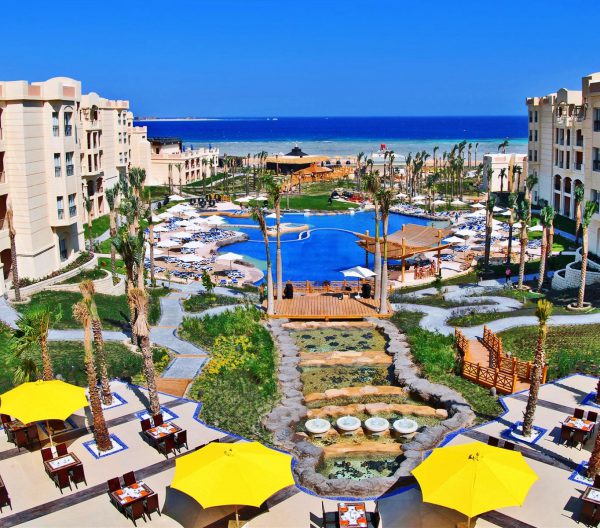




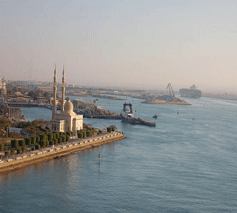



No Comments